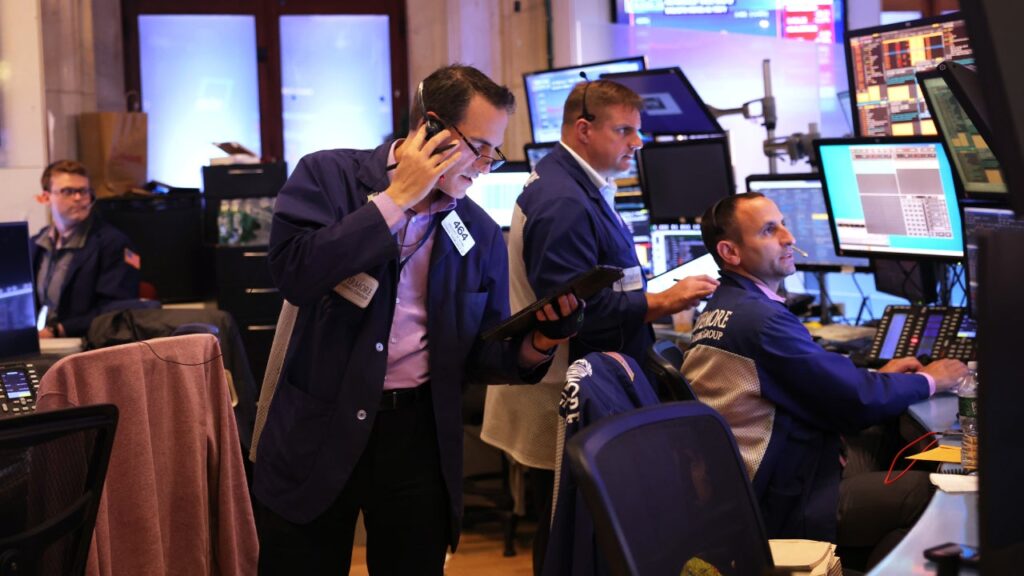Understanding the Bid-Ask Spread in Trading
In the world of trading, the bid-ask spread plays a crucial role in determining the price at which a security can be bought or sold. This spread represents the difference between the highest price that a buyer is willing to pay (bid) and the lowest price that a seller is willing to accept (ask).
How does the Bid-Ask spread work?
When you look at a stock quote, you will typically see two prices listed: the bid price and the ask price. The bid price is the highest price that a buyer is willing to pay for a security, while the ask price is the lowest price that a seller is willing to accept.
The bid-ask spread is essentially the cost of making a trade. It is the difference between the bid and ask prices, and it represents the profit that market makers and brokers can make from facilitating trades. The tighter the bid-ask spread, the lower the cost of trading.
For example, if a stock has a bid price of $10 and an ask price of $10.10, the bid-ask spread would be $0.10. This means that if you were to buy the stock at the ask price and immediately sell it at the bid price, you would incur a loss of $0.10 per share.
Why is the Bid-Ask Spread important?
The bid-ask spread is a key indicator of market liquidity. A narrow spread indicates that there is a high level of trading activity for a particular security, making it easier to buy and sell at fair prices. On the other hand, a wide spread can make it more difficult to execute trades quickly and at favorable prices.
Traders pay close attention to the bid-ask spread when making investment decisions. A wide spread can erode profits and make it more challenging to enter and exit positions effectively. By understanding and monitoring the bid-ask spread, traders can make more informed decisions and optimize their trading strategies.
In conclusion, the bid-ask spread is a fundamental concept in trading that influences the cost and efficiency of buying and selling securities. By being aware of the spread and its implications, traders can navigate the markets more effectively and maximize their trading performance.

